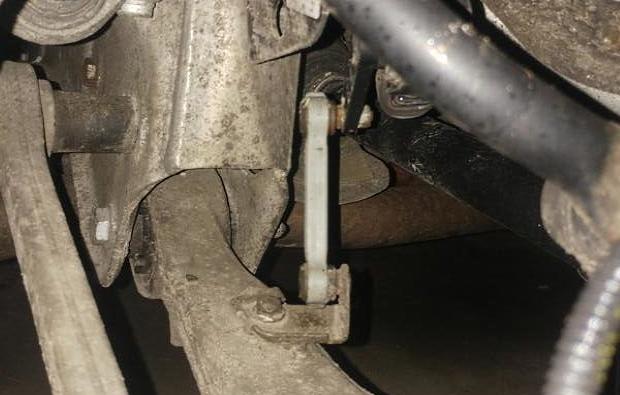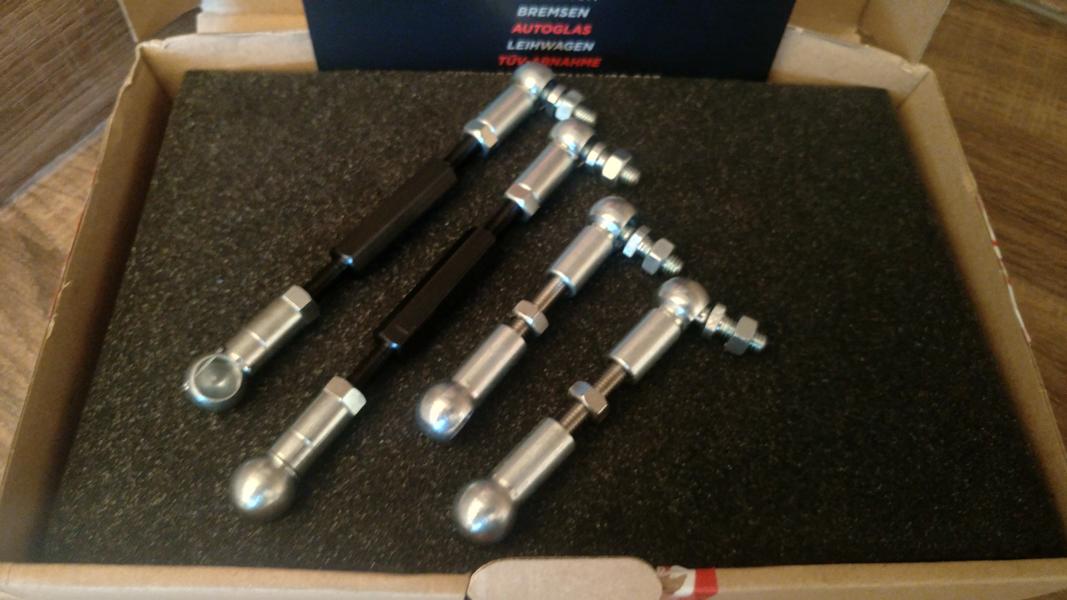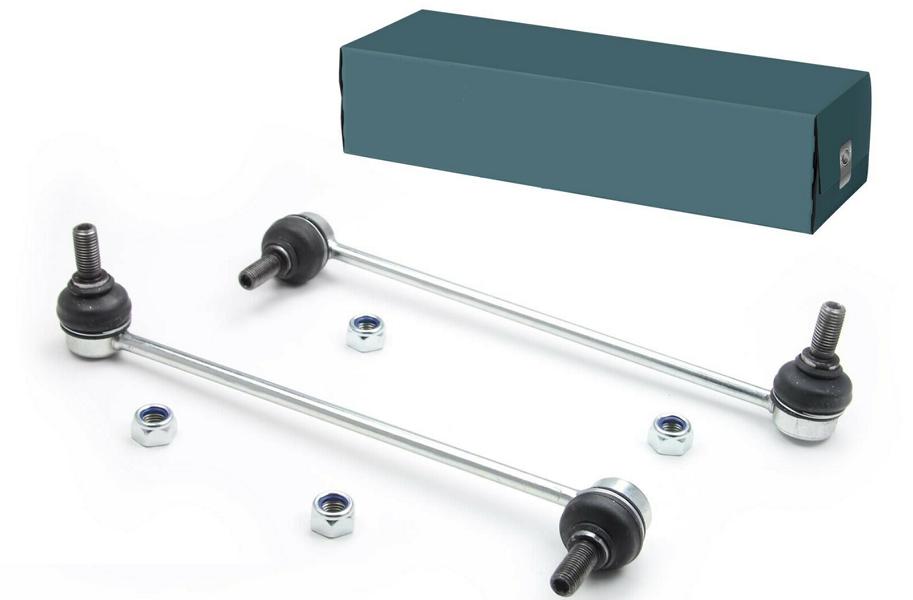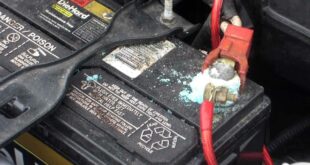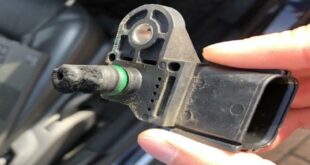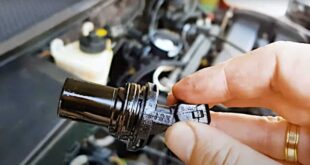Coupling rods are usually also pendulum supports called and are parts of the chassis. Its main task is to transfer the compression / rebound from one wheel to the anti-roll bar and thus to the wheel on the opposite side. The stabilizer serves as a twistable spring, which as torsion spring and supports the body of the car against lateral movement (pitch/roll). This primarily optimizes driving stability. Above all, age-related wear can be responsible for the fact that the coupling rod has worn out and can therefore no longer fulfill its task.
Symptoms: defective coupling rod
Common signs of a broken tie rod are mainly rattling or rattling noises, "Play" on the wheel or stabilizer and an increased Tilt from the vehicle when cornering and braking, as well as impacts while driving can be a consequence. It is characteristic that the symptoms primarily appear when driving over bumps, cobblestone streets and potholes.
Continue driving despite a defective coupling rod?
If one or more coupling rods are defective at the same time, this ensures a significantly reduced driving safety as well as a restricted one Comfort. For these reasons, a workshop should be consulted immediately at the first suspicion of a defect for an exact diagnosis. If the car continues to be used despite the coupling rod being knocked out, further damage - for example to the stabilizer bearing - can result. In the workshop, however, it must first be determined exactly what the actual cause of the problems is. It's also possible defective shock absorbers, worn wishbones, a damaged spring, worn stabilizer bushings or damaged tie rod.
Change / repair of the pendulum support / coupling rod
If it was determined that the problems were caused by the defective coupling rod, then this will be replaced by a new component replaced. In this case, repair is not possible. In addition, it is not worth resorting to used spare parts because of the manageable costs for the material. First, the car is driven onto the lifting platform. The wheel behind which the defective coupling rod is located is then dismantled. After that, the fastening nuts for fastening the coupling rod can be loosened and the damaged coupling rod can be replaced. Then the wheel can be mounted again. An axle-by-axle change on both sides is not absolutely necessary, but advisable! Tip: With adjustable coupling rods can you do one Lowering achieve if an air suspension is installed.
The possible costs for changing the coupling rod!
The cost of the material for new standard coupling rods is usually between 30 and 100 euros for one axle. The costs for the spare parts depend on the vehicle and the manufacturer of the spare parts. Well-known manufacturers are, for example, Febi Bilstein and Meyle. Adjustable coupling rods are usually even cheaper, but usually also inferior in quality (rust). Changing the coupling rod usually takes between 10 and 60 minutes for one side. The latter is always the case when, for example, a nut cannot be loosened from the screw and has to be flexed. At an hourly rate of 100 euros, this results in labor costs of 50 to 200 euros for each axis. According to our calculations, the owner will have to pay a total of between 80 and 300 euros per axle.
The general meaning of the tie rods!
One of the most important tasks of the chassis is to ensure a stable position on the road. So that the car cannot tip over during an evasive manoeuvre, for example. The coupling rods connect the rear and front running transversely under the car Stabilisator with the appropriate suspension. Here, the stabilizer serves as a twistable spring (torsion spring). It supports the body of the vehicle against (tilting / rolling. This optimizes driving stability. Incidentally, between coupling rods with ball joint with a rubber mounting distinguished. Depending on the axis is usually a stabilizer installed, so that a "normal" vehicle always has four coupling rods installed.
The following note is essential: For safety reasons, tuningblog recommends all repair, inspection and maintenance work exclusively to be carried out in a specialist workshop! Although our information is summarized to the best of our knowledge and belief, we cannot assume any liability for the content. All information is therefore "without guarantee".
Of course, that wasn't the end of it!
In this tuningblog category there are guides and instructions for common defects/repairs on the vehicle and for installing accessories/tuning parts. Our articles explain in a simple way common defects and the corresponding repairs, as well as explaining how the first signs of a defect become noticeable. In most cases, we also have initial clues to the repair instructions in our repair instructions approximate The costs of the pending repair are listed. The goal of our subcategory “Auto Repair Guide“ is to create a head start in knowledge for the next visit to the workshop with initial tips. This may save you from tedious troubleshooting and small things can perhaps be done directly on your own. The same applies, of course, to the installation of accessories/tuning parts. Here, too, we would like to help with the implementation with instructions and tips. There are many other posts on this as well. Below is an excerpt of the last and HERE there are all previous instructions:
|
Cleaning the poles of a corroded car battery: this is how it works! |
Is the boost pressure sensor / intake manifold pressure sensor defective? The info! |
"tuningblog.eu" - we keep you up to date on the subject of autotuning and car styling with our tuning magazine and present you with the latest tuned vehicles from all over the world every day. It's best to subscribe to ours Feed and will automatically be informed as soon as there is something new about this post, and of course also to all other contributions.
 tuningblog.eu Your magazine about tuning the car
tuningblog.eu Your magazine about tuning the car
